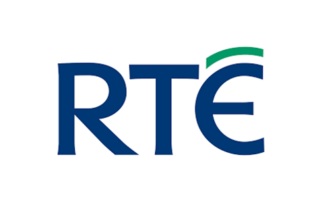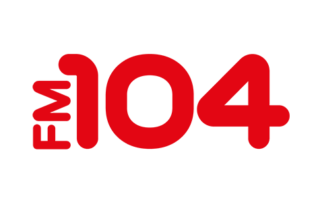For a typical home, solar panels cost between €6,600 to €8,700, after taking the €1,800 SEAI grant into consideration.
Due to advances in solar cell technology, improved manufacturing scale and domestic government policy – PV panels cost significantly less in 2025 than in previous years.
In today’s market, you can expect your solar panel installation to pay itself off in as little as 6 to 7 years – a 14% annual return on investment. After that, it’s free electricity all the way.
On this page we cover the cost of solar panels, their payback period, electricity generation, carbon footprint and how to choose the right installer. If you’re new to solar panels and want to understand how they work in Ireland, start with our Solar Panels Basics Guide.
The Cost of Solar Panels Ireland
Everything Your Need to Know in 90 Seconds
Key Takeaways:
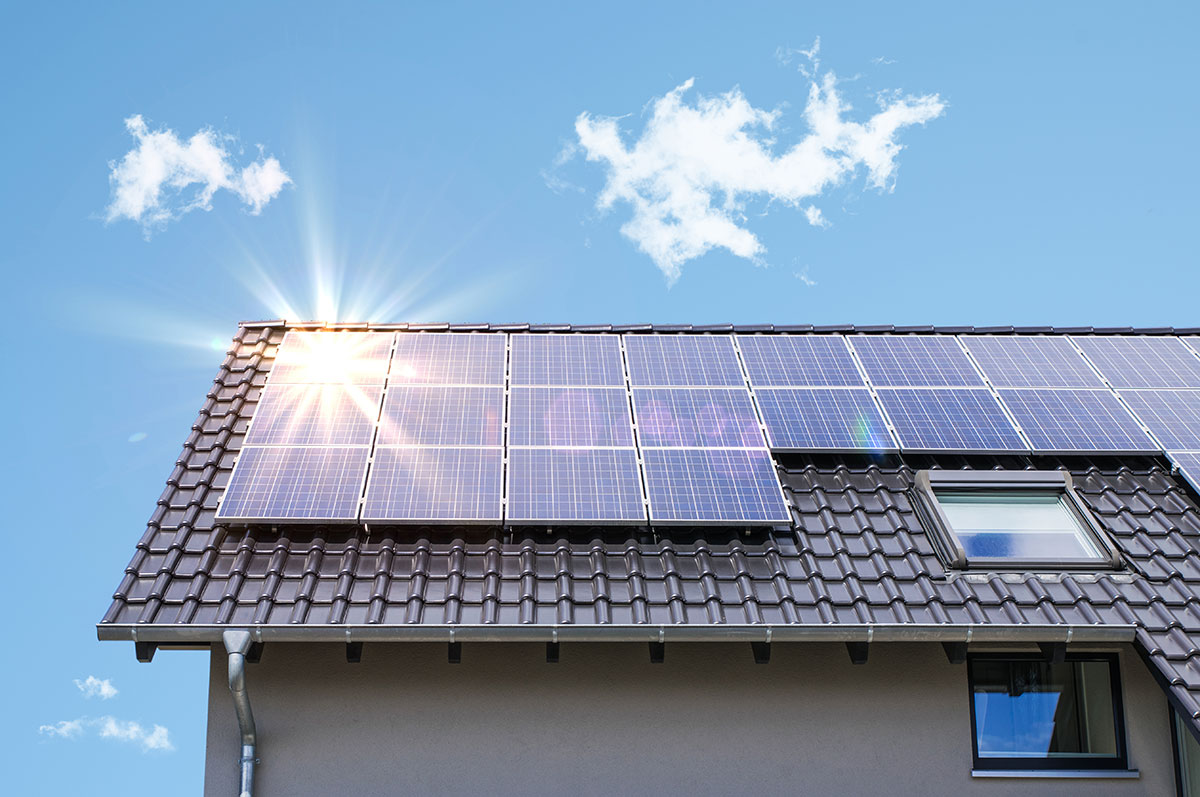
Table of Contents
Average Cost of Solar Panels
How much you pay for solar panels in Ireland depends on the number of panels you have installed. The number of panels you need depends on your monthly electricity consumption.
The average Irish household uses approximately 4,200 kWh per year. A good rule of thumb is that a solar system should aim to cover at least 75% of your electricity usage, so this means the average household would require approximately 8 to 10 panels, at a cost of around €5,300 – €6,600 (with grant).
However, there is a better return on investment the more solar panels you install, so the majority of homes in Ireland do go higher than this.
Add-ons such as a solar battery (€1,700 – €3,000) and EV Chargers (€1,000 – €1,500) can increase the initial installation costs.

How much does a solar installation cost?
A solar PV system costs between €4,600 – €8,700 in Ireland in 2025 with the SEAI grant. The exact price will depend on the number and type of solar panels used. You can expect the peak solar output of your solar PV system to be between 1.76kWp to 7.04kWp. The table below outlines approximate pricing for the installation of a standard Irish solar PV installation.
Solar Panel Price Breakdown:
| Type of house | Number of panels | Solar system size | Solar panels cost |
|---|---|---|---|
| Small terraced | 4 solar panels | ~1.76kWp | ~ €4,500 |
| 2 bed terraced | 8 solar panels | ~3.52kWp | ~ €5,650 |
| 3 bed semi-detached | 10 solar panels | ~4.4kWp | ~ €6,300 |
| 4 bed detached | 12 solar panels | ~5.28kWp | ~ €7,100 |
| 6 bed detached | 16 solar panels | ~7.04kWp | ~ €8,200 |
It is important to remember: Cheap solar panels cost less than their high-quality counterparts, but have significantly lower power output, less durability and shorter warranties than their more premium competitors. More important than how much solar PV panels cost are the questions: “how long will my solar panels take to pay for themselves?” and “how much free electricity will they produce after that?”
How long does it take to recoup the cost of solar panels?
A properly sized solar panel installation should cover 75% of your household energy usage. This means that your upfront solar investment has a lasting impact on your energy bills.
In the graphs below, you can see that solar panels produce a significant energy output, and the more panels you have, the more you energy you produce. An interesting point of note is that the size of the installation does not affect the payback period. This is because a good solar system is tailored to the energy requirements of your household and therefore most will take 6 – 7 years to pay off.
This equates to a ~ 14% per year return on investment, making solar panels one of the best home energy upgrades available.
How long do solar panels last?
After the initial payback period is complete (6-7 years), the energy production continues. Any solar panels worth their salt will have a 25 year manufacturers warranty, which means you are guaranteed a minimum of 18 years of free renewable energy. It is important to note that over time the amount of renewable electricity generated will typically decrease by around 0.4% – 0.5% per year.
How many solar panels do I need to run my house in Ireland?
PV Solar Cost Calculation Assumptions
To provide the best solar panel calculations, we used the following data assumptions:
Optional add-ons to your solar installation
Solar Panel Grant Initiatives
Recent government policy has lead to a drastic reduction in the cost of solar panels in Ireland.
In May 2023, all VAT was removed from solar, creating an overnight price reduction of 13.5%. This is the single largest cost reduction in solar in Irish history.
In addition to the abolition of VAT, the Sustainable Energy Authority (SEAI) provides a €1,800 direct solar grant payment for residential solar panel installations.
To find out more about the grants that are available for solar PV in Ireland, check out our extensive guide to solar panel grants page.
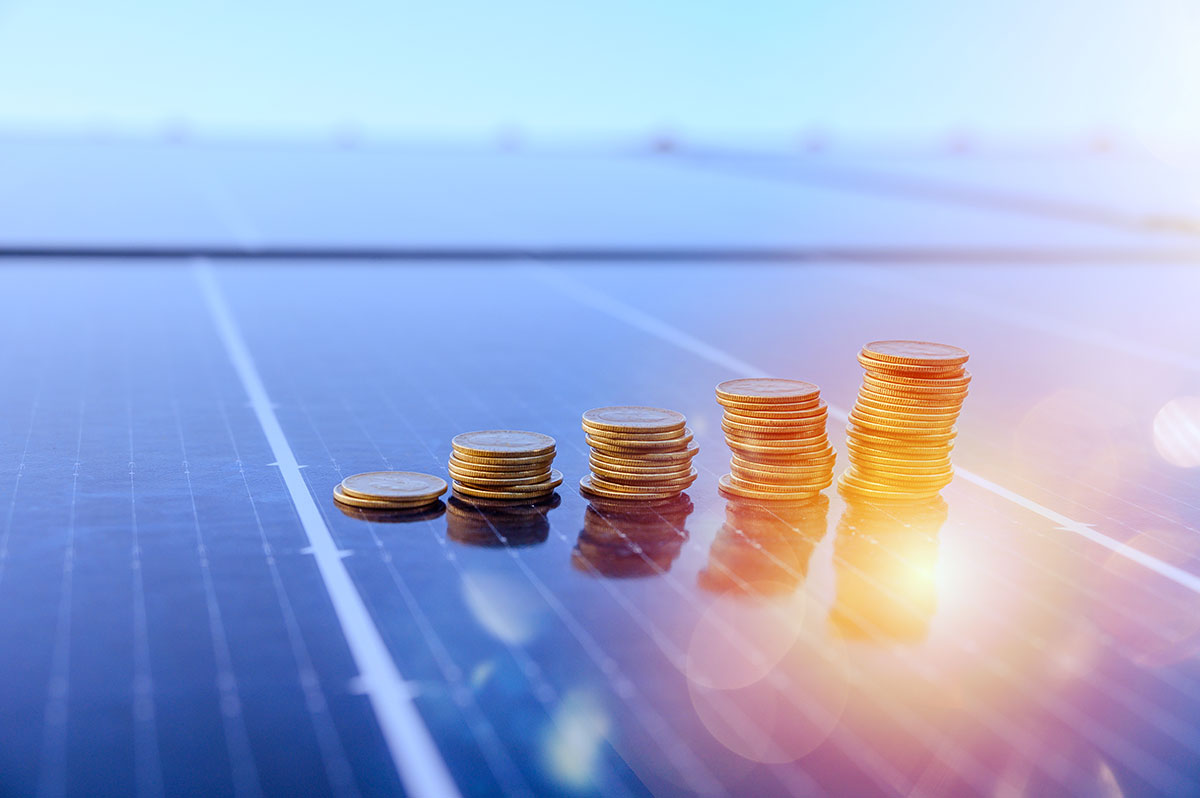
Is it worth getting solar panels in Ireland?
Investing in a home solar installation is an excellent investment right now, yielding a 14% return each year. Government subsidies and 0% VAT rate means there has never been a better time to go solar. This is supported by a record number of Irish households adopting solar in 2025, and over €50,000,000 in grant subsidies being paid out in 2023.
Non-Financial Benefits of Solar Power
It is no secret that solar panels save money on energy bills, but there are a number of other benefits of installing solar panels that shouldn’t be overlooked.
✅ Carbon Footprint: Solar energy is a renewable energy source, which will help offset your carbon emissions. By harnessing the power of the sun, you can generate electricity at home, reduce your imported energy needs, reduce your reliance on fossil fuels, and even sell your excess power to the grid via your electricity meter.
✅ Low Maintenance: While the initial investment may seem expensive, there are little to no recurring costs associated with solar panels. This means that once your solar PV system is fitted, you can sit back and watch the savings with minimal effort.
✅ BER Rating: A home solar installation also increases the BER energy rating of your home, and higher BER ratings lead to higher average house values by ~4% per BER rating.
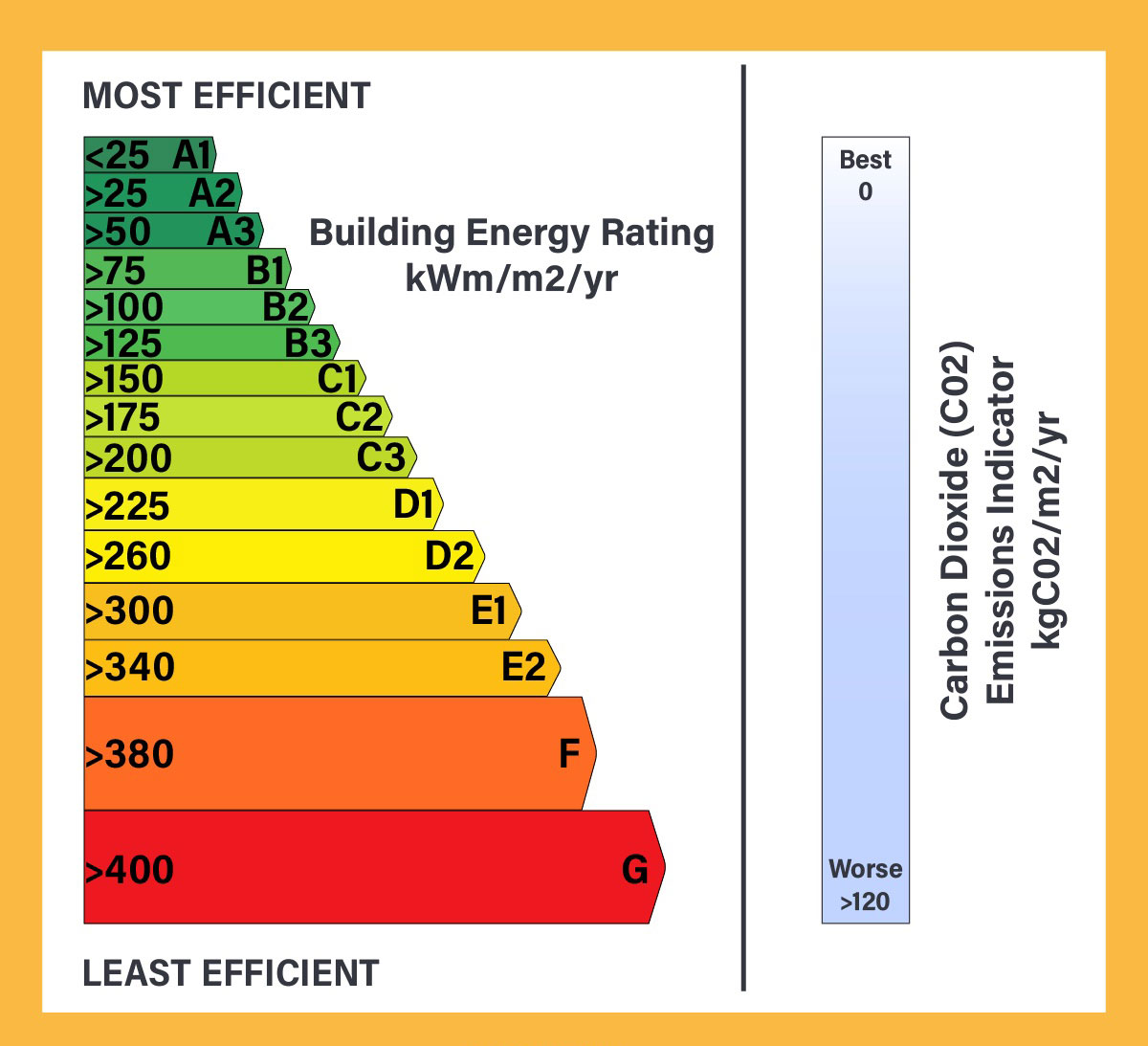
Break Even in 6 Years
A typical solar installation is fully paid back within 5 – 7 years. All solar panels we recommend are under warranty for 25 years, so you will enjoy at least 18 years of free energy generation.
0% VAT
As of 10 May 2023, the government has removed all VAT on solar installation and solar panel supply. This means solar has never been more affordable!
€1,800 SEAI Grant
There is a range of government grants available for all new solar installations. Our team will guide you through the application process.
Is my home suitable for solar panels?
As mentioned above, some homes are not suitable for rooftop solar installations. Your roof suitability is impacted by its size, pitch, material, orientation, obstruction and shading – an estimated 10% of homes are not fully suitable.
Planning permission was once an obstacle to residential solar installations, but recent legislation has removed the requirement for planning on all home solar panel installations.
It is important to note that in some isolated cases, planning permission is still necessary. For example, homes located in a protected area, i.e. in an area of architectural conservation.
How to Choose Your Solar Installer:
1. Reviews & Reputation:
Top rated installers are top rated because they have consistently delivered for their customers. Our network only contains installers who have successfully completed 1,000+ installations and who maintain a 95%+ customer satisfaction score.
2. Size & Longevity:
Size does matter, as small companies have a much higher closure rate than their larger counterparts. If anything goes wrong, you want to be able to contact your solar installer and get their help.
3. Material Quality:
Solar panels have developed a lot in the last few years. Making sure your installation uses the market leading tier-1 PV panels is essential for long term performance and reliability. When you install solar panels, using tier-1 panels ensures you have efficient panels that will last for at least 25 years.
4. Insurance & Liability:
If an injury occurs on your property, and the installer does not have insurance then you could be held liable. Adequate insurance is a very important consideration. All our solar installers are SafeElectric certified, follow the work at height regulations and maintain comprehensive public liability insurance.
5. Price:
We purposely put price last, because while it is not the only criteria used to assess the value of a solar installation, it is a key decision making factor. Value for money is crucial but we advise that you prioritise the payback period of the panel over the cost. It is better to pay for a quality system as the long term benefits far outweigh a short term cost saving.
What does the solar panel installation process look like?
The solar panel installation process will be handled by your chosen installer, but it never hurts to familiarise yourself with the steps involved.
1. Site Visit: Your chosen installer will visit your home to check that your roof is suitable, your fuse-box and meter are adequate and to choose the inverter location.
2. Paperwork: Your installer will help you with the SEAI grant paperwork and you will sign the solar installation contract.
3. Scheduling: Your installer will suggest a day for the install. Most installations only take 1 day, but smaller companies may take 2 days.
4. Installation: The workmen install solar panels, roof mounts, inverters and add-ons such as a water diverter or a solar battery. The installer will show you how to operate your solar monitoring system which is usually in the form of a smartphone app.
5. Finishing Up: Now that you have your fully installed solar energy system, you will be generating electricity immediately. Now it’s time to complete the final leg work for claiming back any grant funding.
Larger companies will typically take this grant funding directly from the SEAI and will have already reduced your initial price. The company will also furnish you with an undated BER rating.



